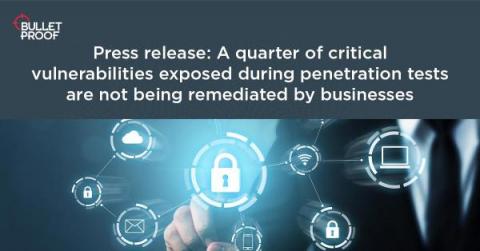Quick Guide on FedRAMP Fundamentals
The federal government enacted the FedRAMP regulation in December 2011 to enable executive agencies and departments to use an assessment method based on risk and cost-effectiveness when adopting cloud technologies. A FedRAMP readiness assessment is mandatory for cloud products and solutions providers seeking to receive an Authorization to Operate (ATO). FedRAMP ATO indicates that a provider’s hosted information and systems meet FedRAMP requirements.











